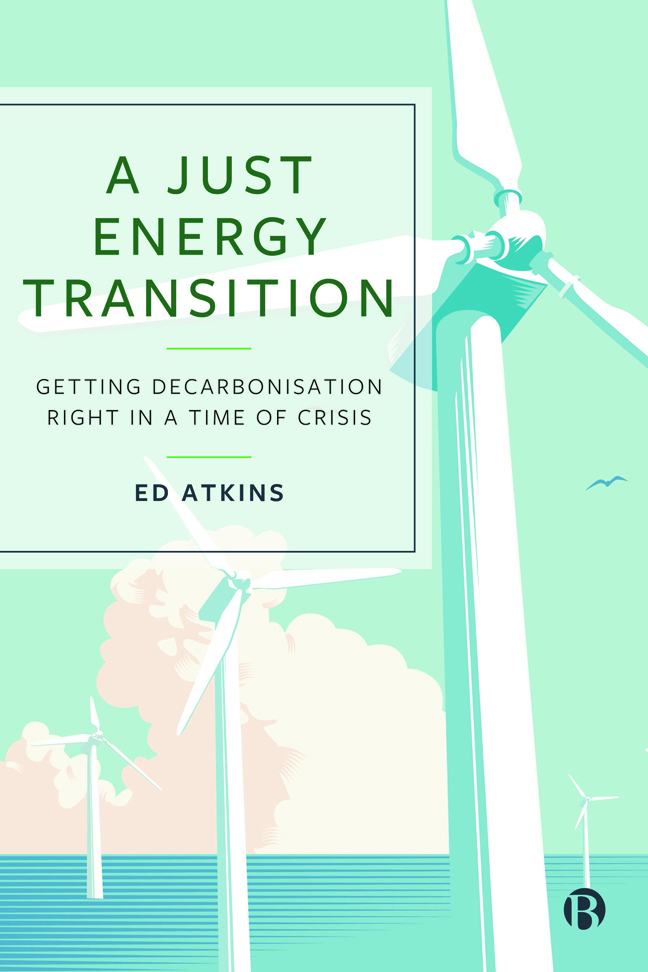6 - Home
Published online by Cambridge University Press: 23 January 2024
Summary
As I walk past tenement buildings and takeaways in the East End of Glasgow, a cyclist with speakers kicking out drum and bass tears past. We both pass stores with their shutters down and communal gardens with the morning's laundry hanging in the sun. This part of the city experienced much change in the latter half of the 20th century. The Glasgow Eastern Area Renewal process, launched in 1976 and ending in 1987, saw the neighbourhood's derelict houses and industrial buildings demolished, tenements renovated, and coal fireplaces replaced with gas central heating. Such change continues. In front of me, at the point where Shettleston and Wellshot Roads meet, stands Cunningham House: a five-storey building fused to the Carntyne Old Parish Church. The church, built in 1893, has stood as a landmark in this community for generations. Today, it holds its original form, but past and present merge into one. Restored lancet windows hold double-glazing. Stained glass tints light flowing onto new kitchen fittings. Inside are 19 new homes for older people. All dwellings within the two buildings are designed to meet the Passivhaus standard, which aims to limit how much heat leaks out of a home and ensure a consistent and comfortable temperature inside. Rain or shine, warm or cold. This both reduces the building's emissions and the energy bills for the people who live in these homes. Cunningham House is the first Passivhaus development in Glasgow, but there are others. Another scheme has been built in Nitshill on the southside of the city, with 178 new energy-efficient homes on a brownfield site available for social housing, rental, or sale.
In an era of spiralling bills, energy efficiency measures can be transformative for many – such as the vulnerable older people at Cunningham House. Energy poverty is one of the biggest challenges for many in the community today. In the UK, energy poverty is understood as when household energy bills cost so much that, after paying them, a household's leftover income is below the official poverty line (set at 60 per cent of the national median income, which is £31,400) (BEIS, 2022c; ONS, 2022a). In 2022, an estimated 3.16 million households (or 13.2 per cent of the total) were understood have been living in energy poverty in the UK (BEIS, 2022c).
- Type
- Chapter
- Information
- A Just Energy TransitionGetting Decarbonisation Right in a Time of Crisis, pp. 91 - 110Publisher: Bristol University PressPrint publication year: 2023

